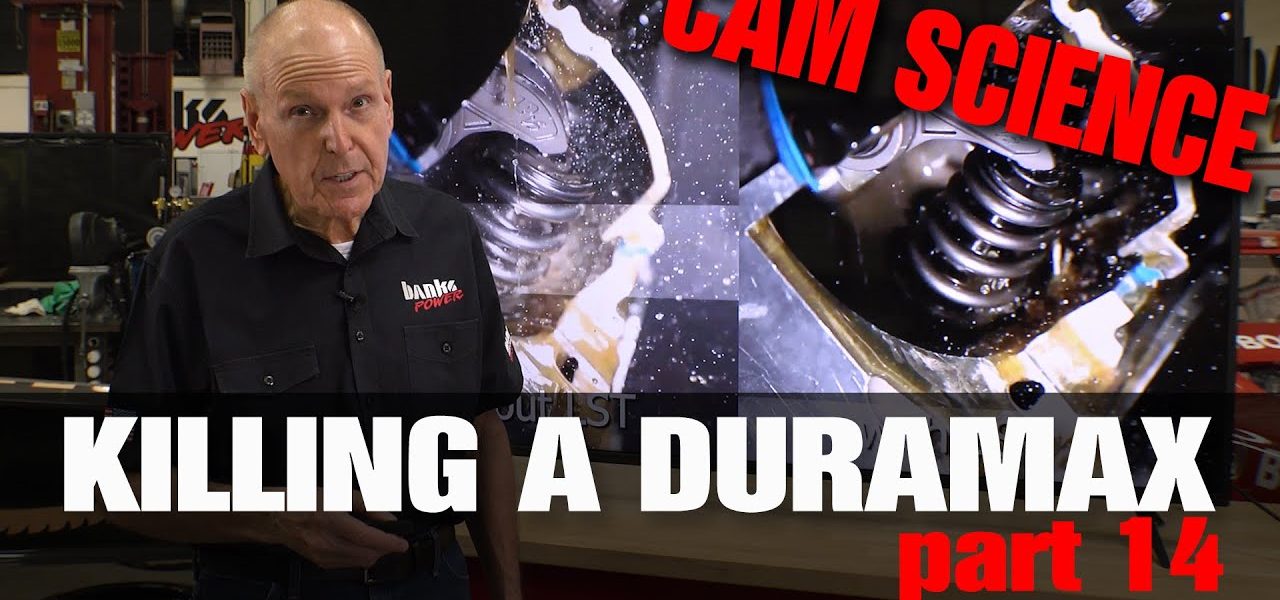Cam Science: Killing a Duramax Part 14
The “Killing a Duramax” series makes its triumphant return with part 14 with some cam science! Gale’s been busy with the design of the new L5P cam as he tries the get the most horsepower while cranking out new ideas. Gale collaborated with Comp Cams in the development of this new high-performance and explains how he analyzes each step in the 4-stroke process of a diesel.
0:00 Intro
1:00 Swirl explained
1:26 How swirl is made
2:40 How piston valve reliefs affect swirl
4:25 Piston damage caused by injection duration
6:05 Injection plumes affected by swirl
6:21 Squish explained
8:05 Valve reliefs vs slick-top pistons
12:30 Valve timing
24:13 Comp Cams Low Shock Technology
29:57 Injection timing
33:08 Intake flow comparison
35:00 Exhaust flow comparison
37:11 Intake air swirl RPM comparison
38:18 Airflow vs Crank angle
43:49 Valve to piston clearance + overlap
47:51 Gas exchange at valve overlap
Gale reveals why “squish” and “swirl” are so important to the proper diesel combustion. Gale also explains other important factors like valve timing, duration, and overlap. Then goes over the details on why he prefers a stock piston over one with reliefs. This is definitively the best information you’ll ever get about diesel combustion outside of engineering school!
If you want more schooling from Gale, check out the rest of the Killing a Duramax series.


